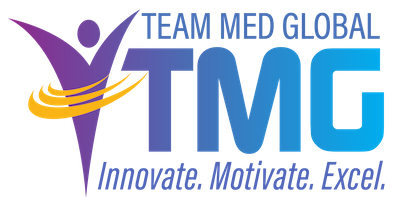 Payer enrollment is the cog that kicks off the revenue cycle. While most revenue cycle graphics indicate that client intake is the first stage in the cycle, the reality is that enrollment is the critical first phase.
Payer enrollment is the cog that kicks off the revenue cycle. While most revenue cycle graphics indicate that client intake is the first stage in the cycle, the reality is that enrollment is the critical first phase.
Payer enrollment is the process of enrolling organizations and providers into payer networks. The process varies by payer, but typically includes network evaluations, application submission, credentialing review, contracting, final determination, maintenance, and revalidation.
The enrollment team is different then the credentialing team. Each process is distinct, and while there is some overlap in the documentation needed, it is best to keep these tasks separate and allow each professional to work in their area of expertise.
Enrollment must include exact credentialing data, and specialties must be listed for the most specific taxonomy. Effective dates must capture services provided, starting on day one. When completed in an accurate and timely manner, the charges submitted will be captured at 100 percent of the contracted rate. If items are missed, there is risk of monetary loss.
Enrollment specialists do not always have a set “home” in an organization. They can be found in human resources, the credentialing department, the business office, or sometimes on their own island. Nevertheless, payer enrollment experts are most successful when under the revenue integrity team. Payer enrollment goals align with revenue integrity foci; coding, charge capture, financial projections, optimized payments, and minimal time spent on fixing preventable claim errors.
Here are steps you can implement in four areas to boost payer enrollment effectiveness in your organization.
1. Payer Contracts
Grant enrollment specialists access to all payer contracts. Organizations guard payer contracts and limit access. Without these, enrollment specialists do not have the information needed to set turnaround times, understand the product, and, most importantly, hold the payer accountable as detailed in each agreement.
2. Turnaround Time
Turnaround time for the payer enrollment professional includes tracking from receipt of the on-boarding packet to submission to final determination, with several tracking points in between. On the health plan side, payer enrollment specialists need to track when the payer confirmed receipt and when the payer sent the payer enrollment team the final determination.
3. Quality Review
Internally, the entire payer enrollment process should be mapped, from entity merger to purchase or build to final payer approvals. For the provider enrollment process, it’s critical to map from the recruiting stage to final payer approvals. Look for and correct the gaps, overlaps, and bottlenecks, making sure to include every department that impacts the enrollments. Revenue integrity members should understand that process improvement is continuous. To streamline efficiency, it’s important to coach and re-coach team members as needed.
Externally, it’s crucial to hold the payer accountable for what they guaranteed in the signed contract. Ask the following questions:
- Are they completing the process within the set timeline?
- Are the payer directories accurate and accessible?
- Is the payer responsible?
- Is the payer providing the expected customer service?
Your plan of correction must include the details regarding how the payers will be held responsible for their errors and failings.
4. Education and Training for Payer Enrollment Effectiveness
Revenue integrity leaders understand that, in healthcare, the need for continuous learning is urgent. Support payer enrollment specialists by actively encouraging their professional growth. While there are several credible options available, Team Med Global is the leader in preparing payer enrollment professionals to grow within the revenue integrity globe.
The enormity of housing the payer enrollment team within the revenue integrity department cannot be fully summarized in four steps, but these best practices can help assure that all reimbursements attached to payer enrollments are collectible. Finally, if the needed tools and resources are provided to the payer enrollment professionals, successful workflows are attainable.
